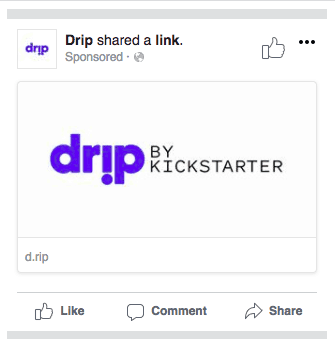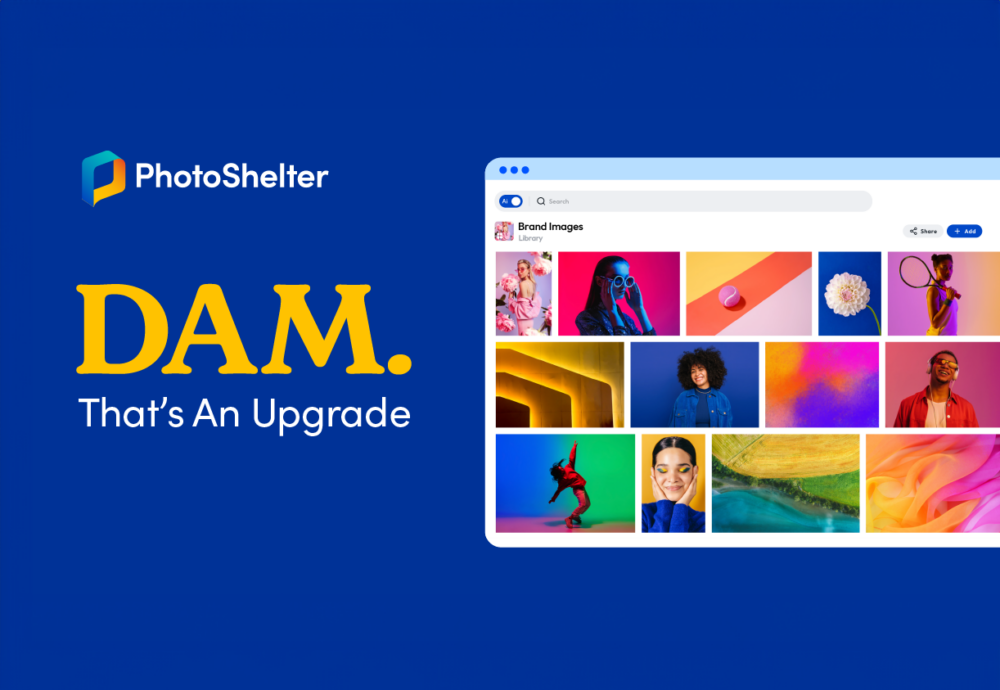This post is a preview of our upcoming live event in NYC, Campaigns & Champagne: How Kickstarter Drives Revenue Through Social Media. Register now to join us on Tuesday, December 12, at 6pm!
Since the launch of Kickstarter in 2009, 14 million people have worked together to successfully fund 135,951 creative projects.
Now, Kickstarter is launching on a project of its own – a new product called Drip.
Drip allows creators to build a community of subscribers. On the flipside, Drip allows subscribers to make a pledge and support the whole creative life of their favorite creators.
But how does a well-known and beloved company launch a brand new product? We asked Kickstarter Director of Digital Marketing Jon Chang to walk us through how the Kickstarter team launched Drip with the help of social media.
Objectives
The Kickstarter team had two main objectives for the launch advertising campaign.
First, they wanted to create awareness for Drip. They needed to strike a balance between differentiating Drip from Kickstarter and making sure users understand the connected value between Kickstarter and Drip.
“The creative community knows Kickstarter,” says Jon.
Next, they wanted to grow the Drip community. This would require a highly targeted campaign, focusing on creators who they thought would best represent Drip.
Warm Up Ads
A week before introducing ads for Drip, Jon ran video case study ads featuring Kickstarter creators through the Kickstarter advertising channels. These ads reinforced the main values of Kickstarter, and ensured the company was top-of-mind.
“The key really was preparing millions and millions of people to interact with the launch ads,” says Jon.
The ads targeted both creators and potential subscribers. Jon says he used 164 different variants tailored to different audiences, which were segmented by their past behavior on the Kickstarter website.
“We really matched the creative to the audience,” says Jon.
Launch Ads
Immediately after someone engaged with the warm up ads, Jon would show them new ads from the Drip advertising accounts. These ads were minimalistic to hyper focus on the Drip identity.
“For the launch, we used one image on every single platform and every single ad, and that was just the logo,” explains Jon.
Next, he followed up with more videos, this time sharing the values driving Drip. Jon says the key is to get people engaged and keep them engaged.
“Once you warm someone up, it’s not hard for them to get cold again,” he says.
Now, as creators use the Drip logo in their own marketing, it will be easily recognizable, and come from a place of credibility.
What’s Next?
Thanks to the initial launch, Drip has a solid foundation of creators and subscribers. Now, Jon and his team are preparing for the public launch of Drip. Head over to their site to check it out!




